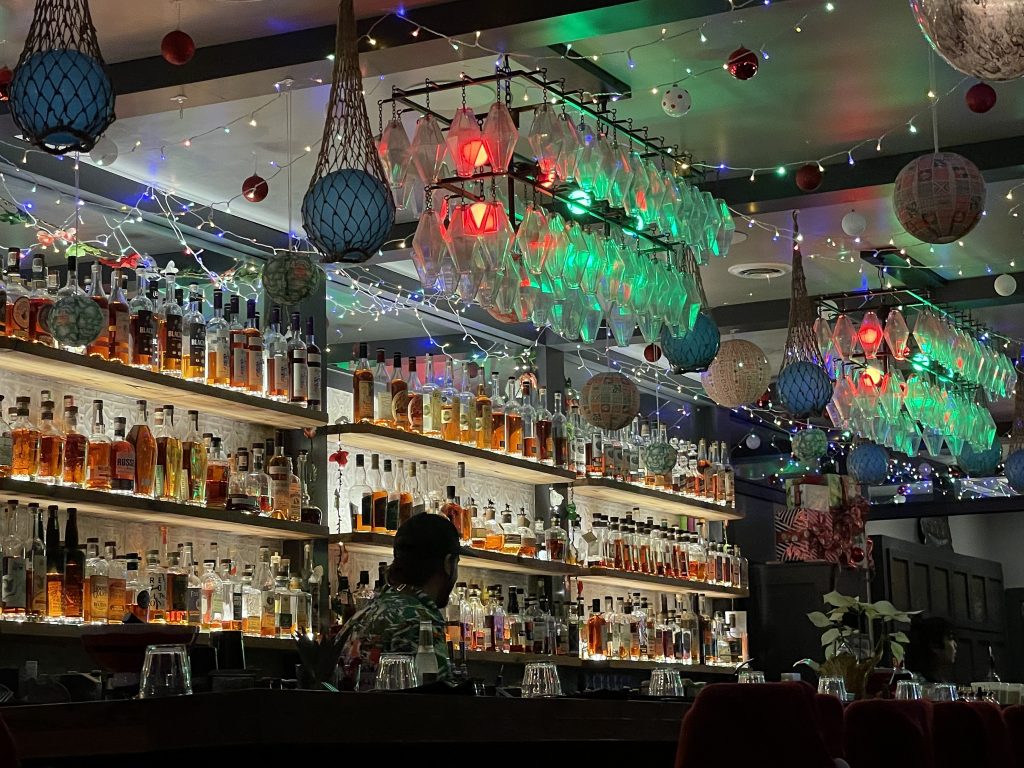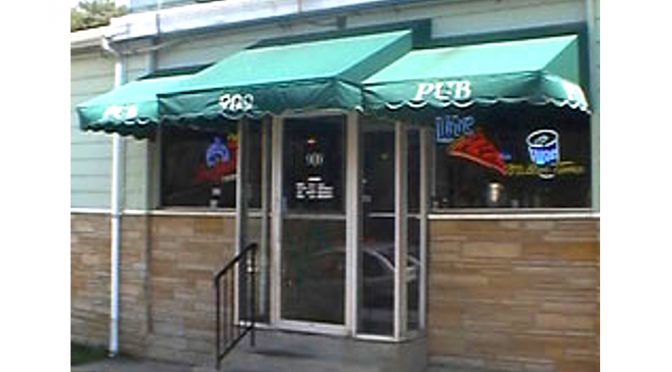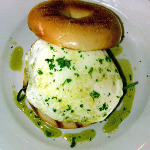By Robin Garr
LouisvilleHotBytes.com
The abrupt recent closing of the beloved local restaurant Come Back Inn came as another worrisome note in what feels like an ongoing dirge for our fretful food-loving community: Who’s next? Is Louisville’s fame as a dining destination fading away in the post-pandemic age’s hard times?
In a brief farewell tailored to social media, the Germantown eatery known for its Cheers-like atmosphere and huge portions of Chicago-style Italian-American fare posted Looney Tunes’ familiar “That’s All, Folks” signoff and a brief message: “Guys, we hate to do this, but tonight will be the last night of dinner service for the Come Back Inn. You all gave us so many great years. We appreciate each and every one of you all. ??”
What went wrong? Why would a seemingly popular spot nearing its 30th anniversary shut down so suddenly? A social media post two days before its closing may have given a hint: “Come Back In will be closed today due to staff shortage. Sorry for any inconvenience,” management posted at midafternoon on Oct. 1. Two days later it closed for good.
Sad but familiar
This felt sad but familiar. Restaurant closings have become pardon-the-expression pandemic since Covid, and staff shortages have been blamed for quite a few of them as restaurant workers idled by the pandemic discovered that there’s a life beyond waiting tables. Lease issues mounted as building owners made similar discoveries. Supply chain problems caused major problems during and immediately after the pandemic. And rising food prices? Don’t even ask.
Not just one but pretty much all of those problems apparently came together to bring down Come Back Inn. In a first-rate article combining an interview with owner Cathy Zachari and a heartfelt eulogy for the restaurant, Courier-Journal reporter Maggie Menderski wrote that the decision to close wasn’t based on one single problem but a cluster of problems.
Among many issues, the building’s owner wanted to sell. The pandemic knocked out the restaurant’s business catering lunches to corporate offices. Staffing with skilled cooks became increasingly difficult. Ingredient sourcing became difficult. And the old building and equipment needed costly upkeep. Put it all together, Menderski wrote, and Zachari “wanted to keep quality high and prices low, and that just wasn’t possible anymore.”
It was a sad farewell to a restaurant that, as I wrote in a 2004 review, “brings just about everyone together in hungry harmony: business types in shirt and tie, worker types in denim, gimme caps turned backward; housewives and retirees and the postman on his rounds.”
Is the restaurant scene changing?
This one hit hard because Come Back Inn was cozy, friendly, and a Germantown neighborhood fixture. What’s more, its demise reinforced concern that the local restaurant scene is changing, and not for the better. Closings since Covid came to town near the beginning of 2020 have easily topped 100, ranging from relatively short-lived but welcome newcomers like Couvillion, Portage House, Faces Bar & Bistro, Butchertown Grocery, Honest Indian, Barry’s Cheesesteaks, and a flotilla of Asian-accented “Cajun” crab houses to beloved old-timers whose loss was doubly shocking: Gasthaus, Harvest, Decca, Rye, J. Harrod’s, Wiltshire on Market, and many more.
It’s not just Louisville’s problem, Nation’s Restaurant News reported in its Sept. 7, 2023 issue. Amid the tight labor market of the last few years, writer Mark Hamstra reported, foodservice operators across the nation have been forced to streamline their operations and menus, often eliminating entrees to reduce burden on staff.
“Doing more with less has become a mantra for the industry,” Hamstra wrote. “Although there have been some signs that the industry is returning to pre-pandemic employment levels, there were still nearly 1.1 million job openings in the restaurant and accommodations sector as of the end of July, according to the U.S. Bureau of Labor Statistics.”

The scene is not entirely dark. Let’s be grateful to the many restaurants that have stayed the course and appear to be holding strong; and to the many more that opened during or after the pandemic and that are hanging in there: North of Bourbon, Nami Korean Steakhouse, Decade, Paseo, Meesh Meesh, CASK Southern Kitchen, Harvey’s, Nostalgic, Hauck’s Corner, and the list goes on.
Let’s not lose sight of these welcome signs that Louisville’s dining scene continues active and strong, even in the face of serious challenges. We remain seen as a strong restaurant town, not just as seen through our own sparkling eyes but from outside as well.
A “foodie city”?
Early in 2022, as we were gingerly emerging from the pandemic, the national apartment-listing web publication Apartment Advisor ranked Louisville first in the nation among “best foodie cities for renters.” We were followed in order by Albuquerque, New Mexico, and Tulsa, Oklahoma, and the publication’s methodology excluded the nation’s largest cities, but still, let’s take credit where we find it.
Better still, in March this year Travel & Leisure magazine ranked Louisville ninth nationally among the 10 best “food cities,” highlighting bourbon and the Hot Brown in celebrating out 2,500-plus restaurants and “several award-winning chefs. “Louisville is sure to delight food and drink enthusiasts alike,” the magazine assured readers.
That’s all good. Still, as we mourn the many casualties and grieve particular losses – Come Back Inn, we hardly knew you – let’s commit to keep supporting the independent local eateries that we love.



